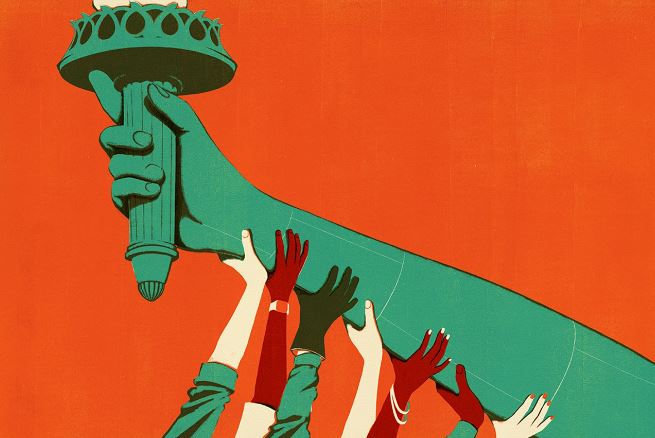Racism, misogyny, classism, xenophobia — when these chronic problems afflict organizations, they stem from a constellation of forces, not a single attitude, act, or outdated norm. As a result of that complexity, solutions can be elusive, and we often see intransigence even in places explicitly committed to change.
Take, for example, our home institution of Columbia University, which invested more than $200 million over two decades to enhance diversity and inclusion among its faculty. Given that level of commitment and the school’s progressive values, the administration was quite stunned when a self-study revealed a stubbornly slow pace of change and an environment where “women and minority professors … navigate numerous inequities … in a workplace that isn’t conducive to their success.”1 Persistent grievances included harassment of women faculty members, fear of retaliation for reporting incidents of harassment and discrimination, cronyism, and a cryptic and biased tenure and promotion system. In addition, women and members of underrepresented groups said that they were tasked with an unfair share of committee work and other “invisible labor” and that their contributions were undervalued. Though well intended, the school’s efforts clearly hadn’t addressed the root issues.
Many organizations keep spinning their wheels with sensitivity training. There’s a better way to address systemic bias. @Petertcoleman1 https://t.co/lUKTwwmo5i pic.twitter.com/K7bafPjVwY
— MIT Sloan Management Review (@mitsmr) November 6, 2022
